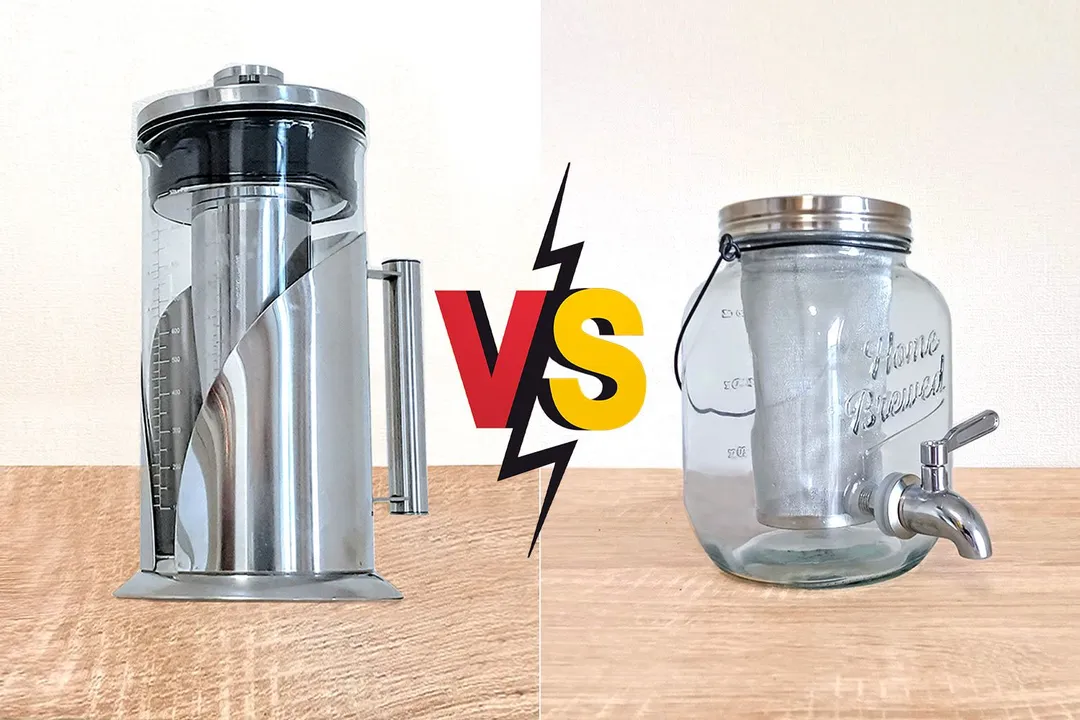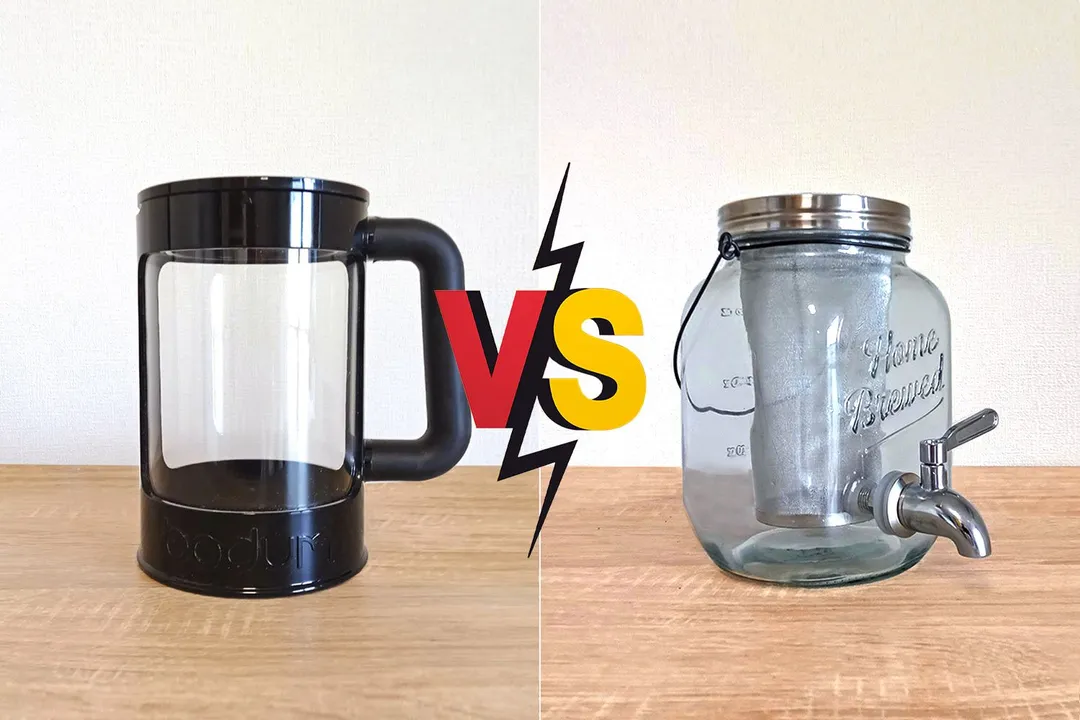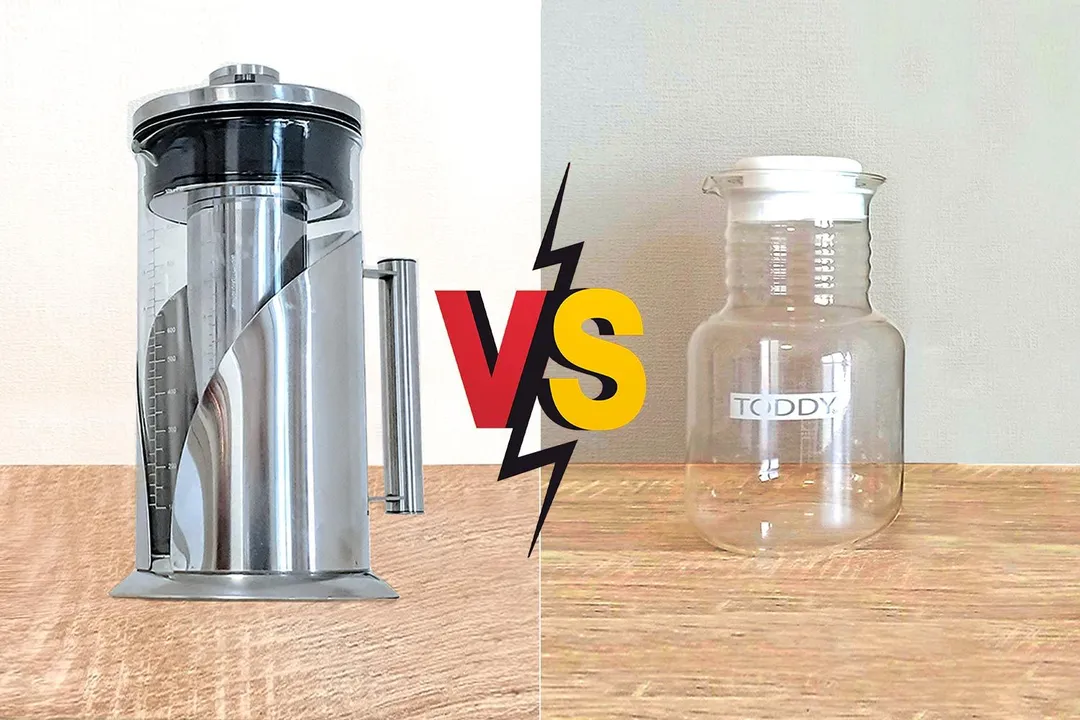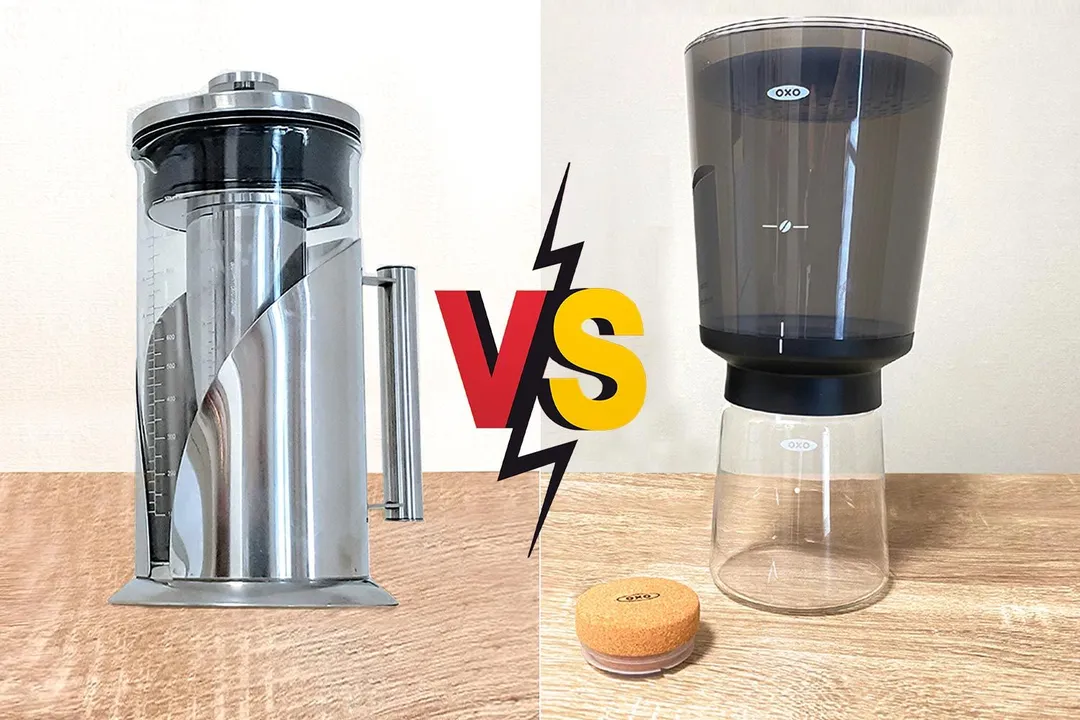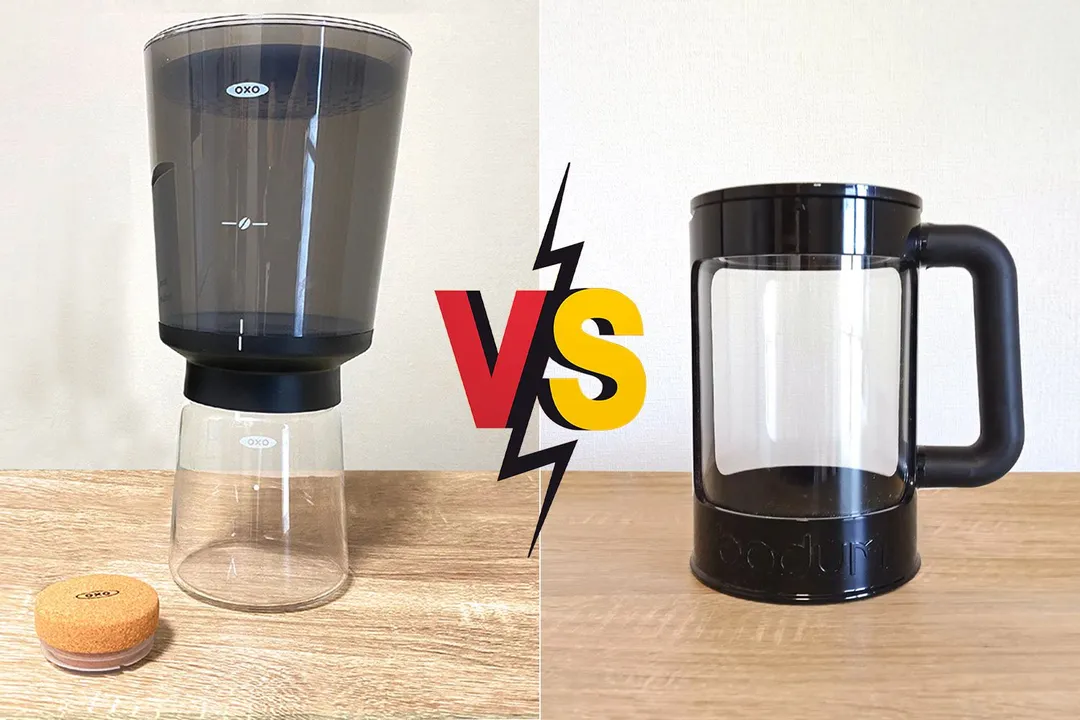Our recommendations are made independently through Research & Testing. We may receive commissions from purchases made via our links.
Cafe Du Chateau vs Bodum Side-by-Side Comparison
Cafe Du Chateau cold brew coffee maker vs Bodum French press. Two takes on a French press design. Find out which fails and which excels.
Cafe Du Chateau
Tested Using Methodology v1.0Bodum
Tested Using Methodology v1.0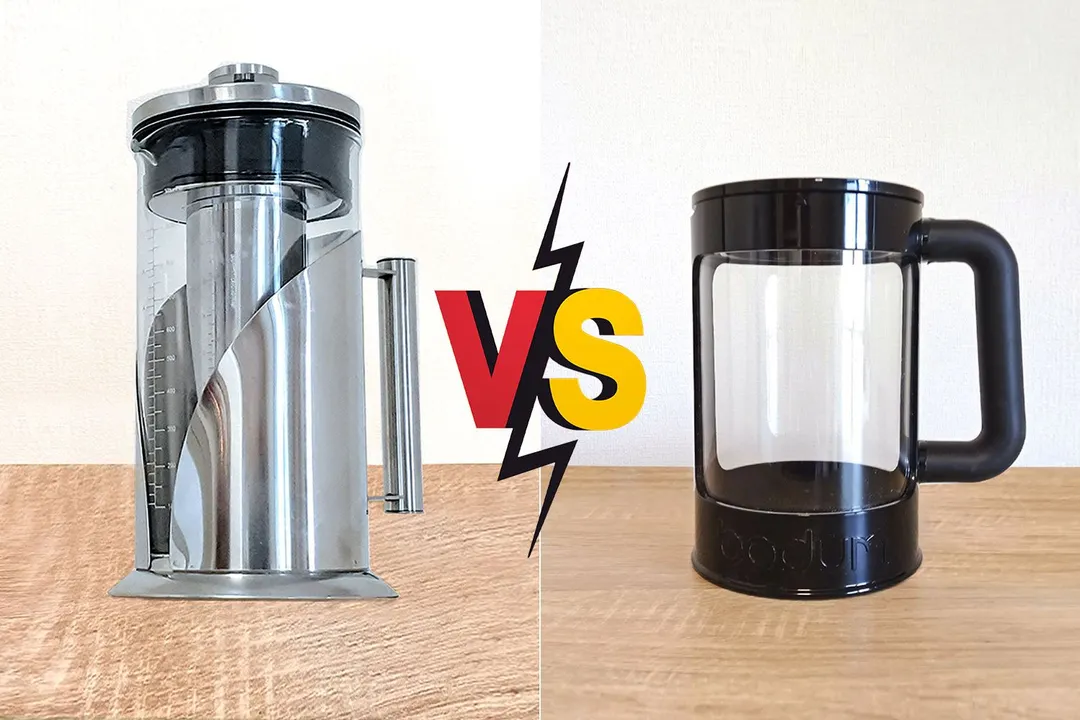
Overall Verdict
The Cafe du Chateau and the Bodum have one thing in common — they are both a take on the French press coffee maker design. However, that is where the similarity ends.
The Cafe Du Chateau attempts to adapt the French press design to an immersion filter brewer but it’s rather badly executed. The thick glass is heavy, the carafe badly weighted for smooth pouring, and the stopper is not particularly effective.
The Bodum is an actual French press but uses a durable plastic carafe for cold brewing and a slightly modified lid with a plunge filter. The brewer actually has two lids — one for brewing and one with the plunge filter for decanting. The Bodum is a freestyle brewer meaning you can decide the brew ratio and quantity to brew. Moreover, the quality of the brew is one of the best for making a cold brew concentrate.
Pros & Cons
- No plastics used
- Airtight brewing
- Well-machined filter
- Light and durable
- Open/close spout
- Perfectly airtight
- Comfortable handle
- Freestyle brewing
- Made in Portugal
- Weighty and unbalanced
- Lid stopper tough to remove
- Loose decanter lid
- Cumbersome silicone seals
- Decanting can be tricky
- No measuring guides
Key Specs
Where to Buy
*You help support HealthyKitchen101's product testing and reviews by purchasing from our retail partners.
Analysis and Test Results
Brew Quality
Bouquet
Drinkability
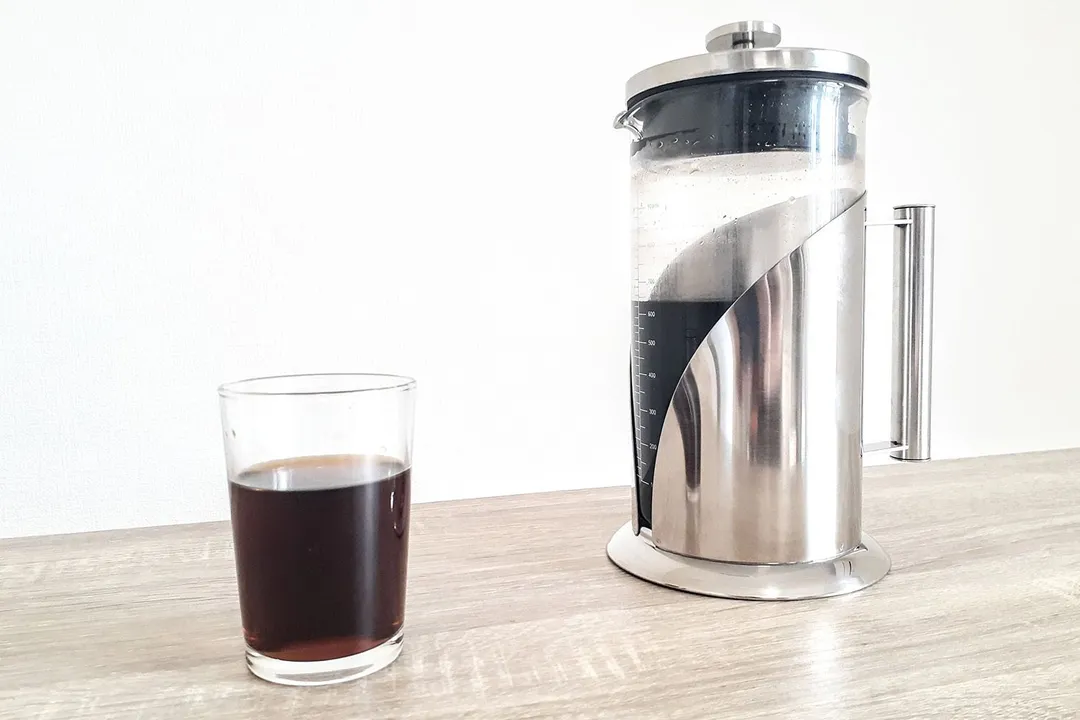

Sediment
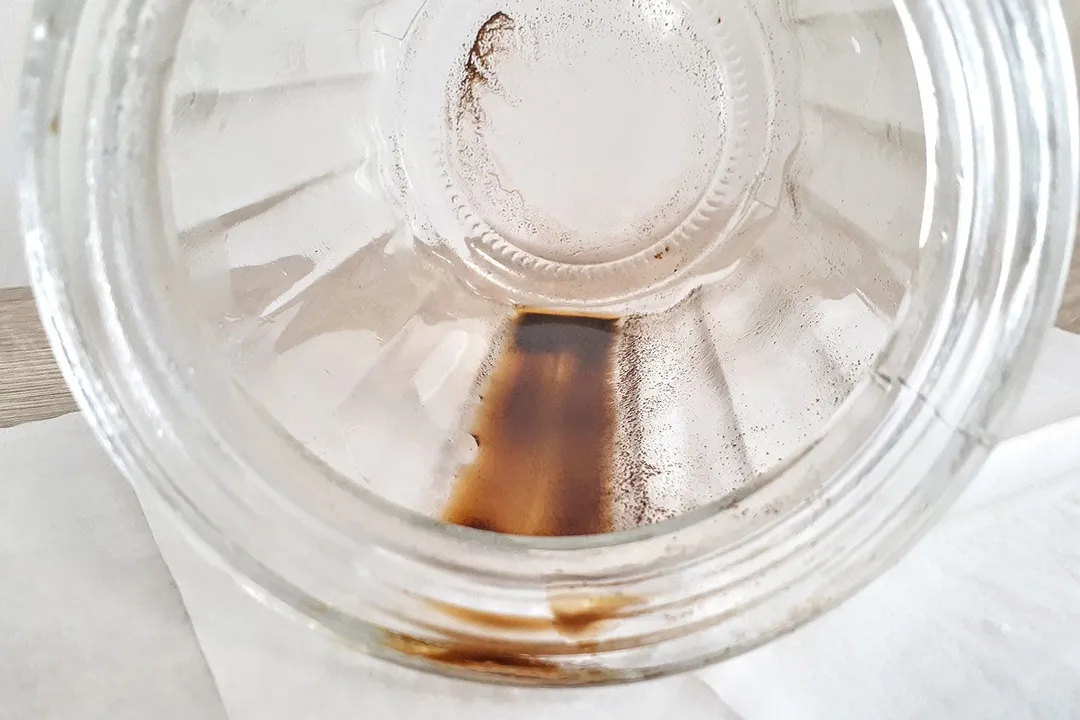
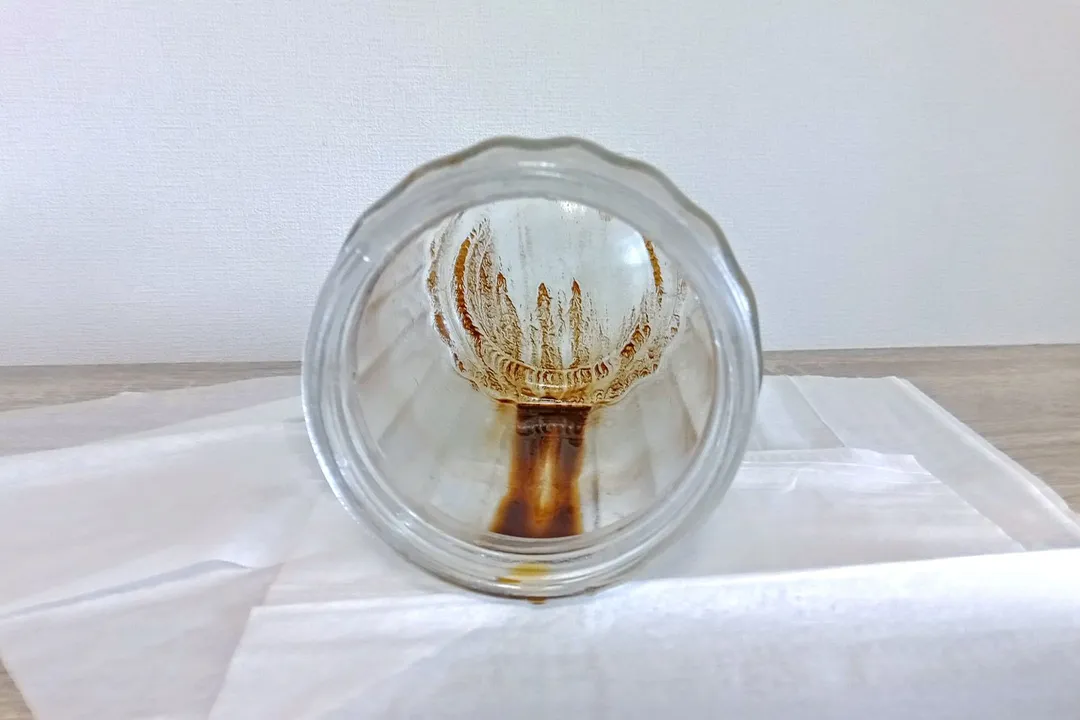
Design
In the Box
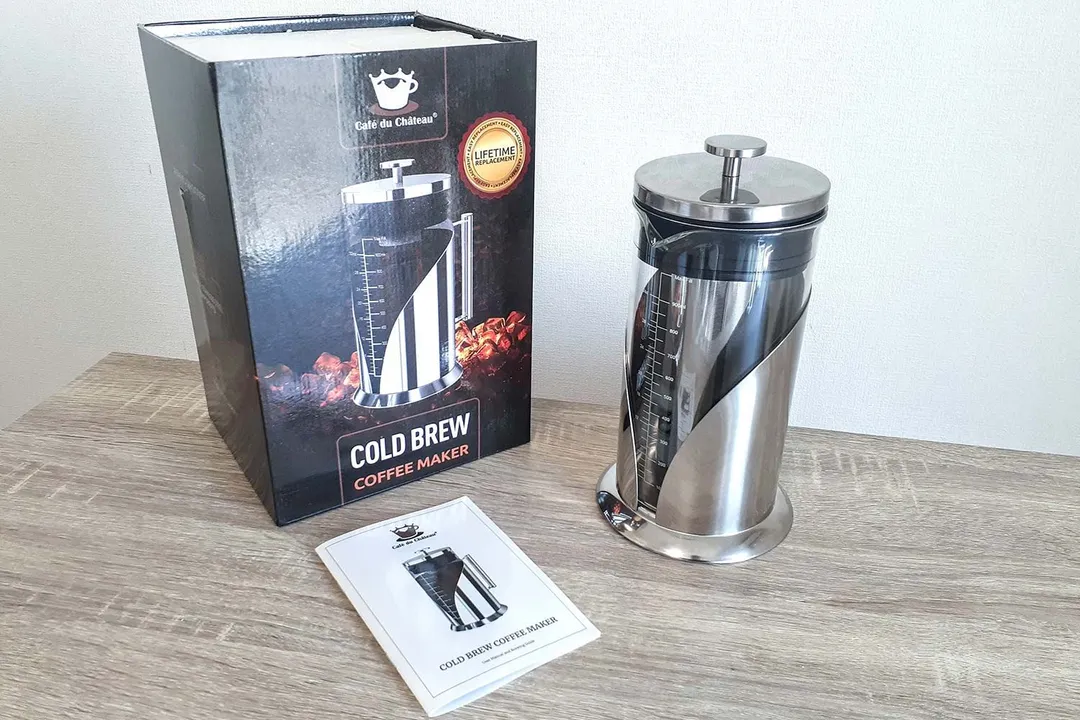
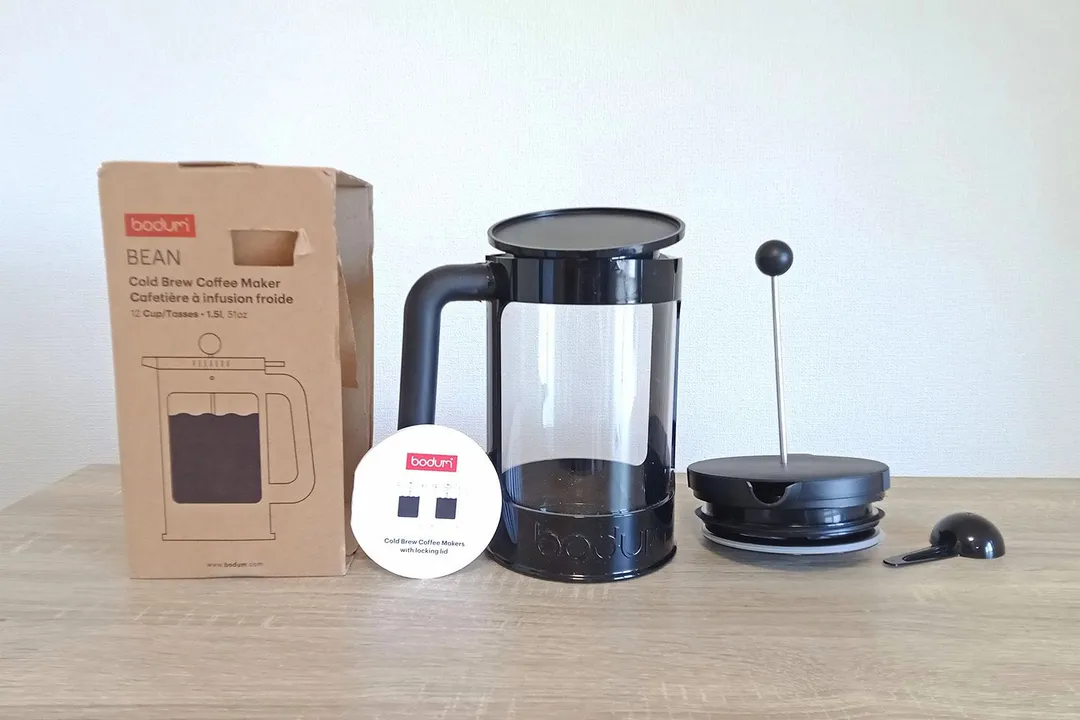
Decanter
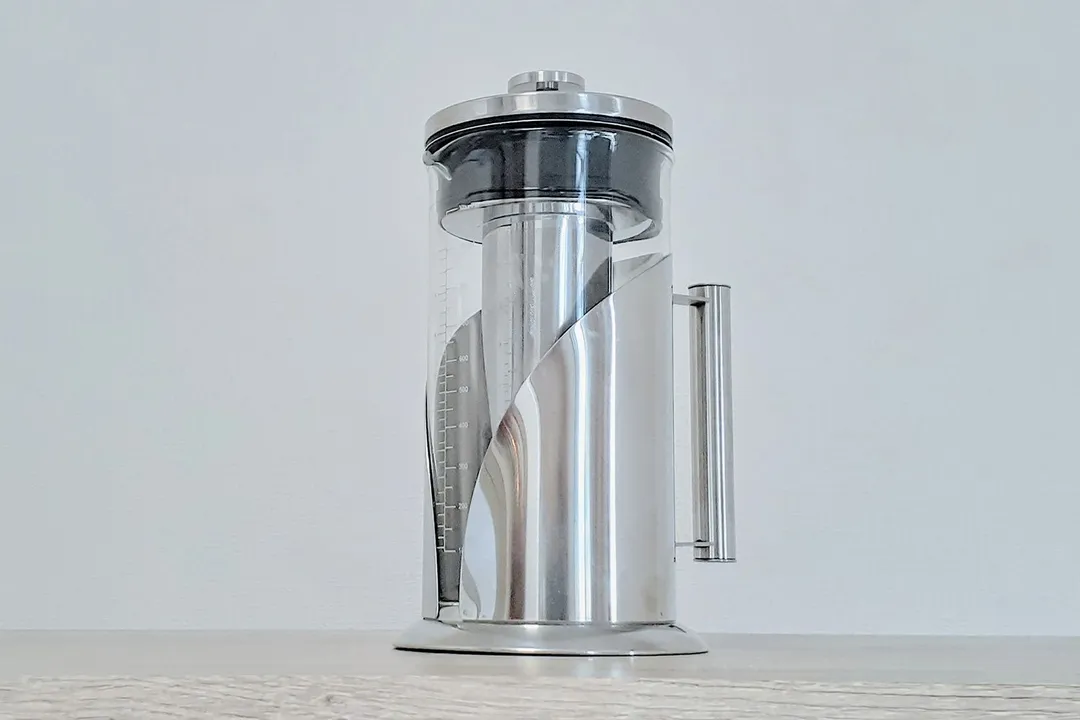
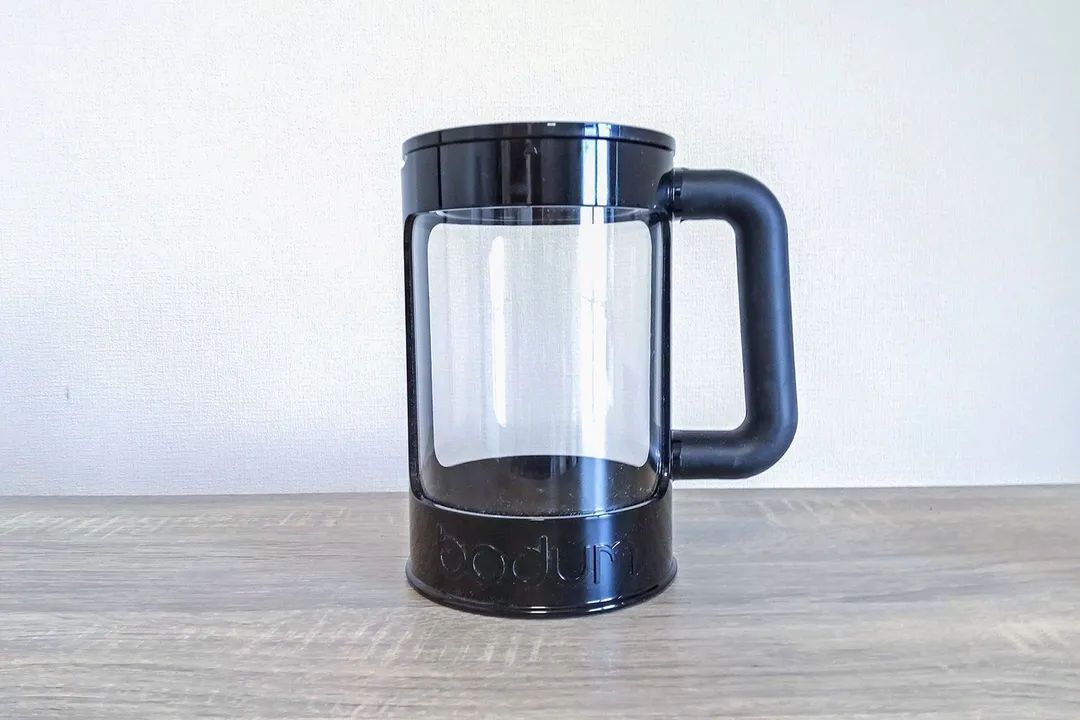
Stopper / Lid

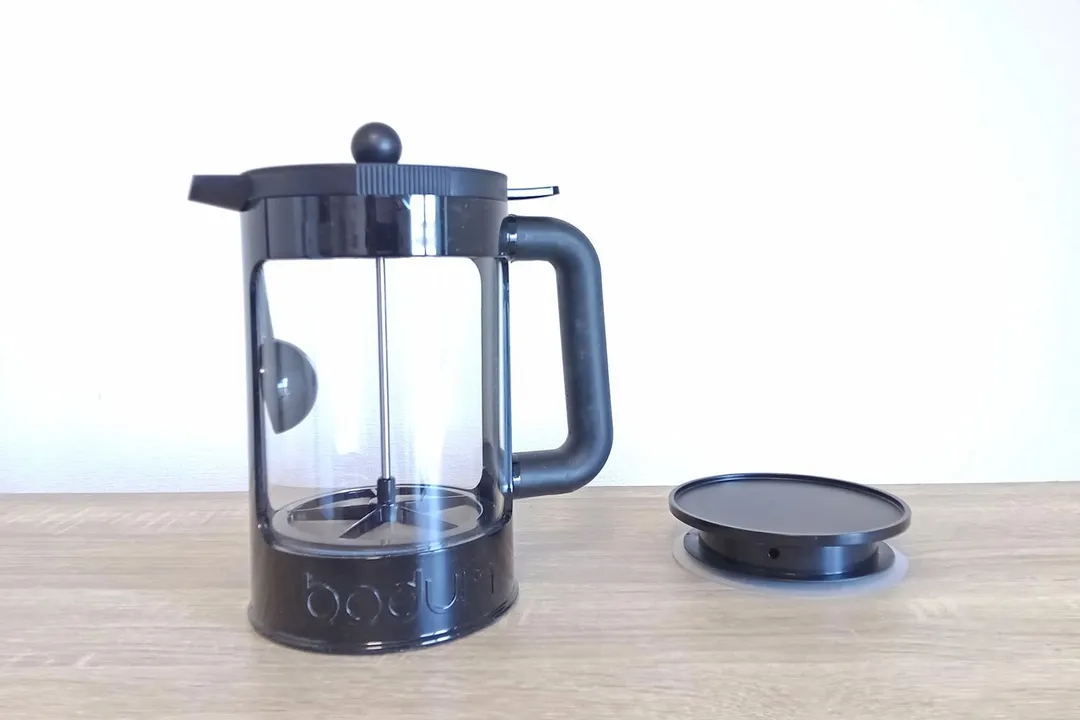

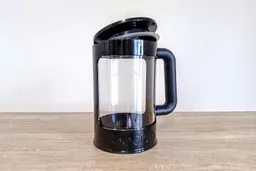
Filter

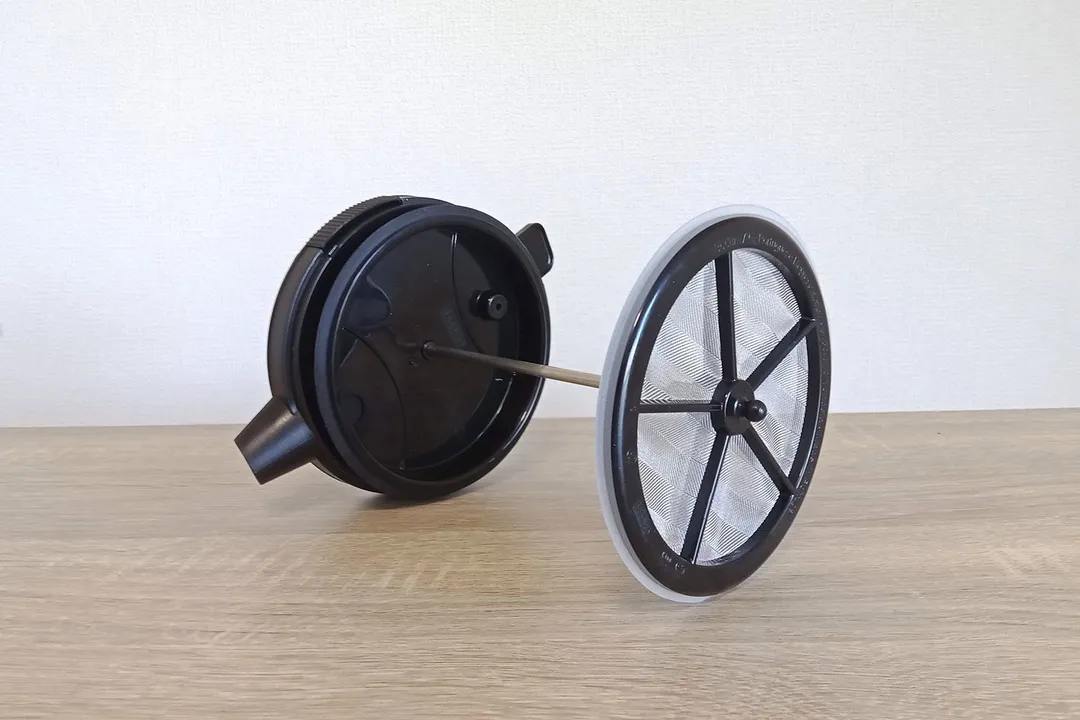
Build Quality
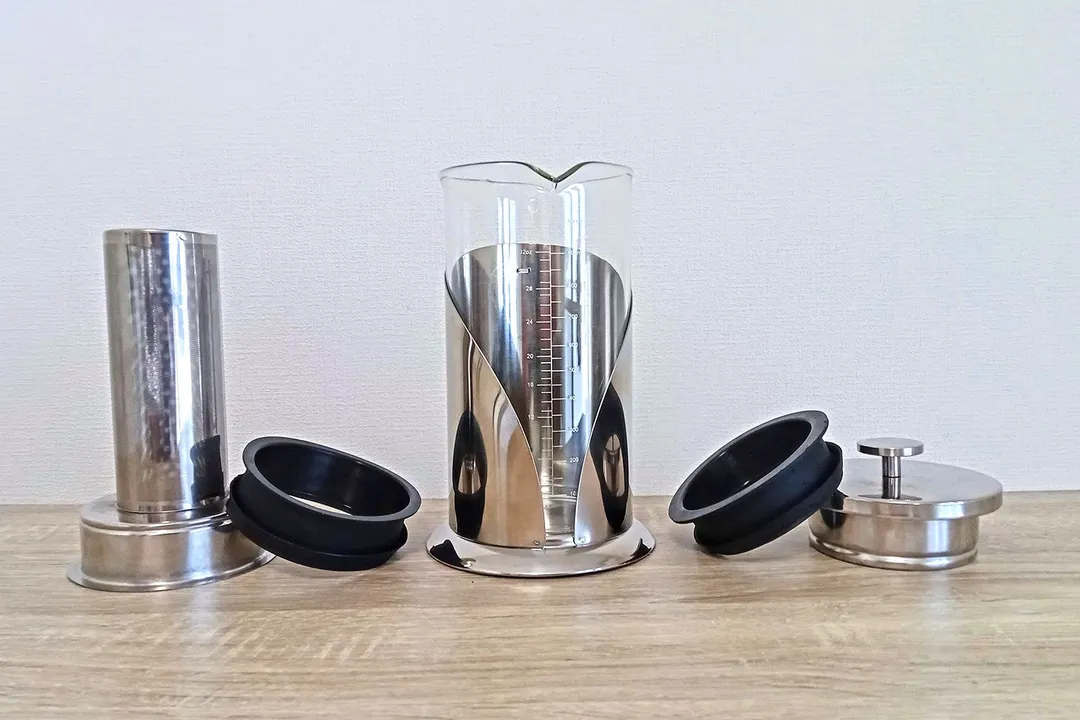
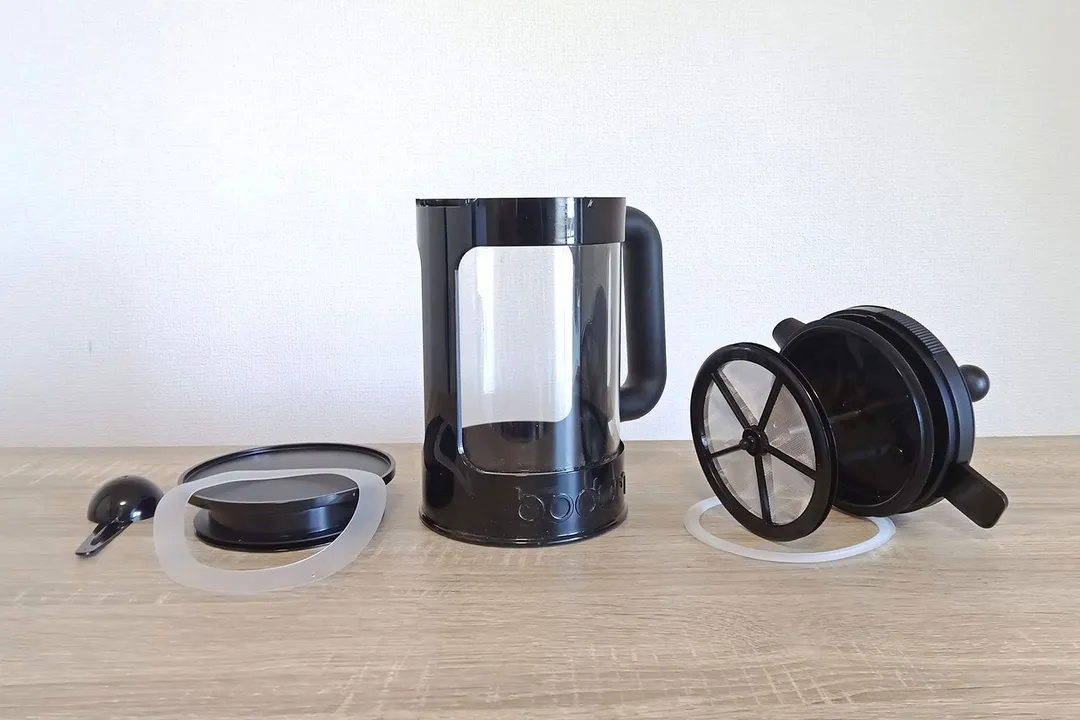
Usability
Brewing


Decanting
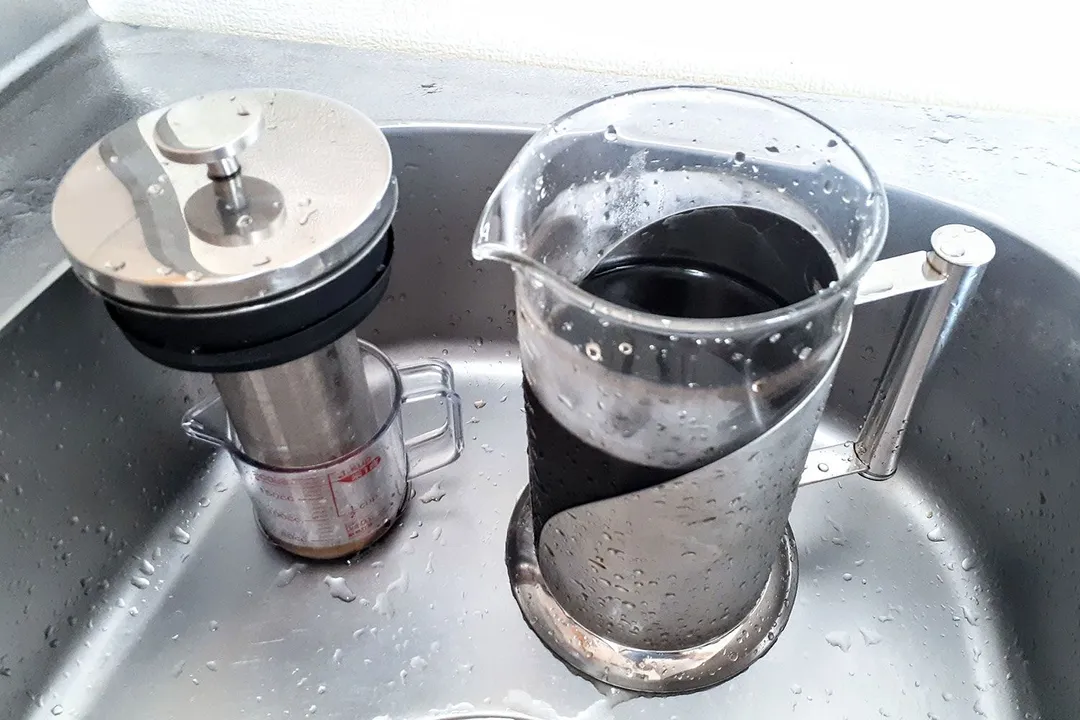
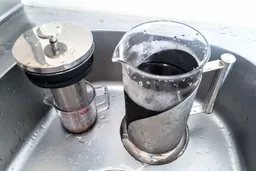
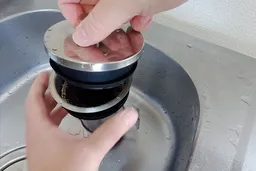
Cleaning and Storage


Behind the Comparison
Roger Shitaki is a writer, author, and editor. His niches are household appliances, health & wellness, and travel. He’s a freelance contributor to a Tokyo lifestyle website and a leading ophthalmology magazine in Asia.

